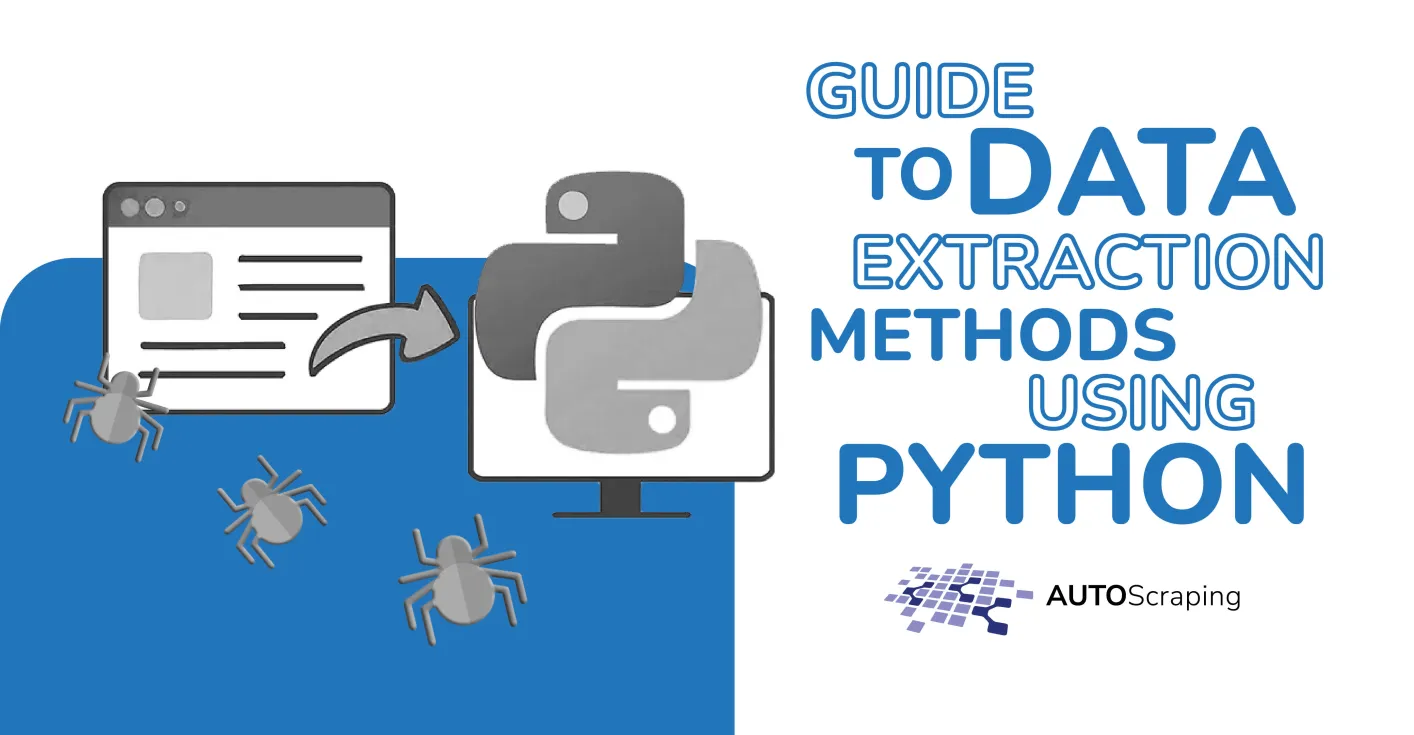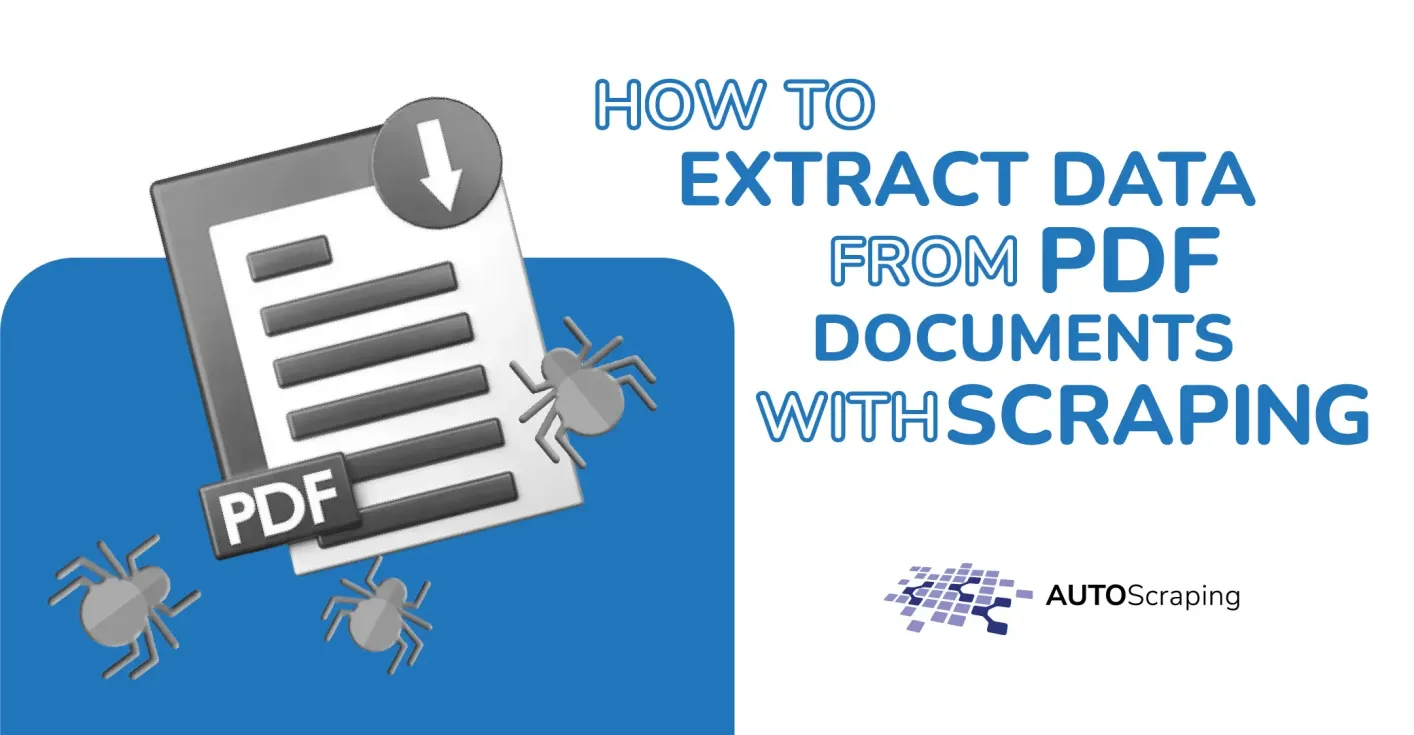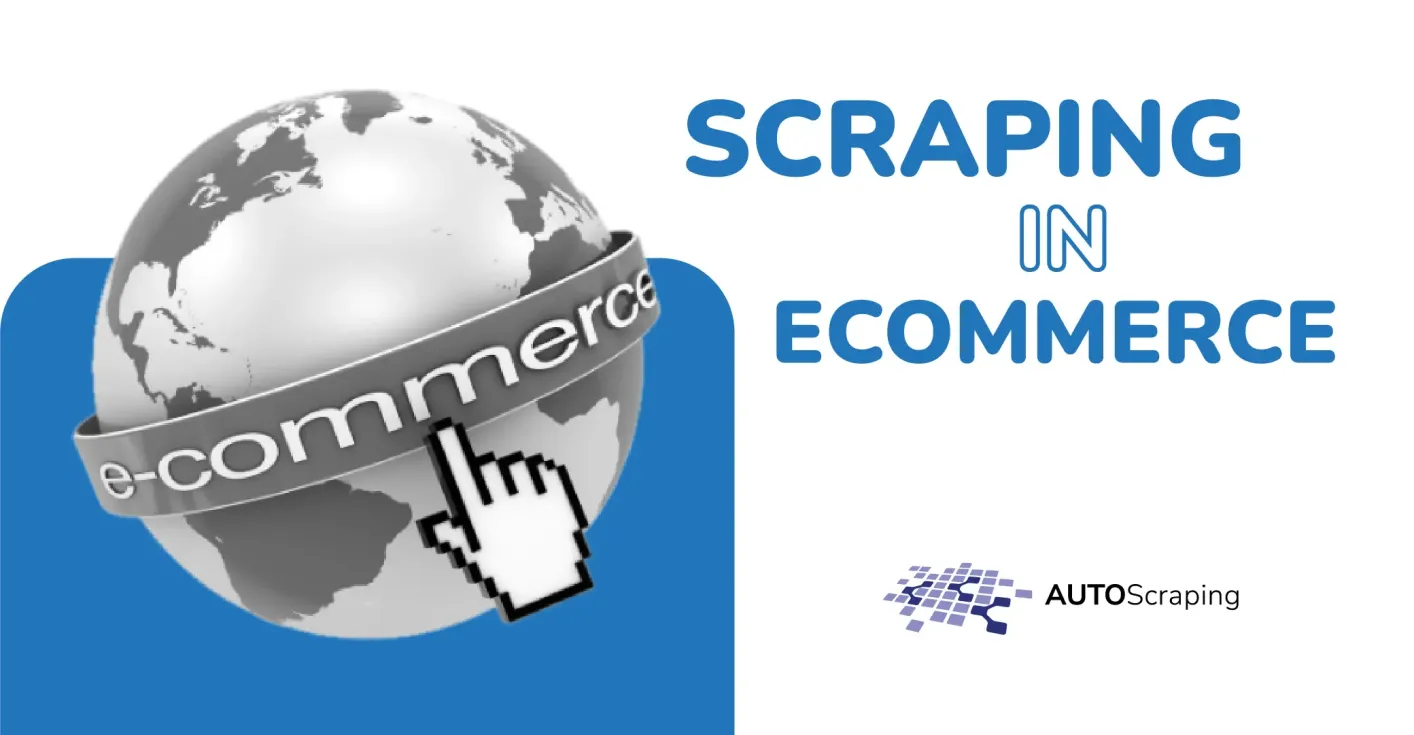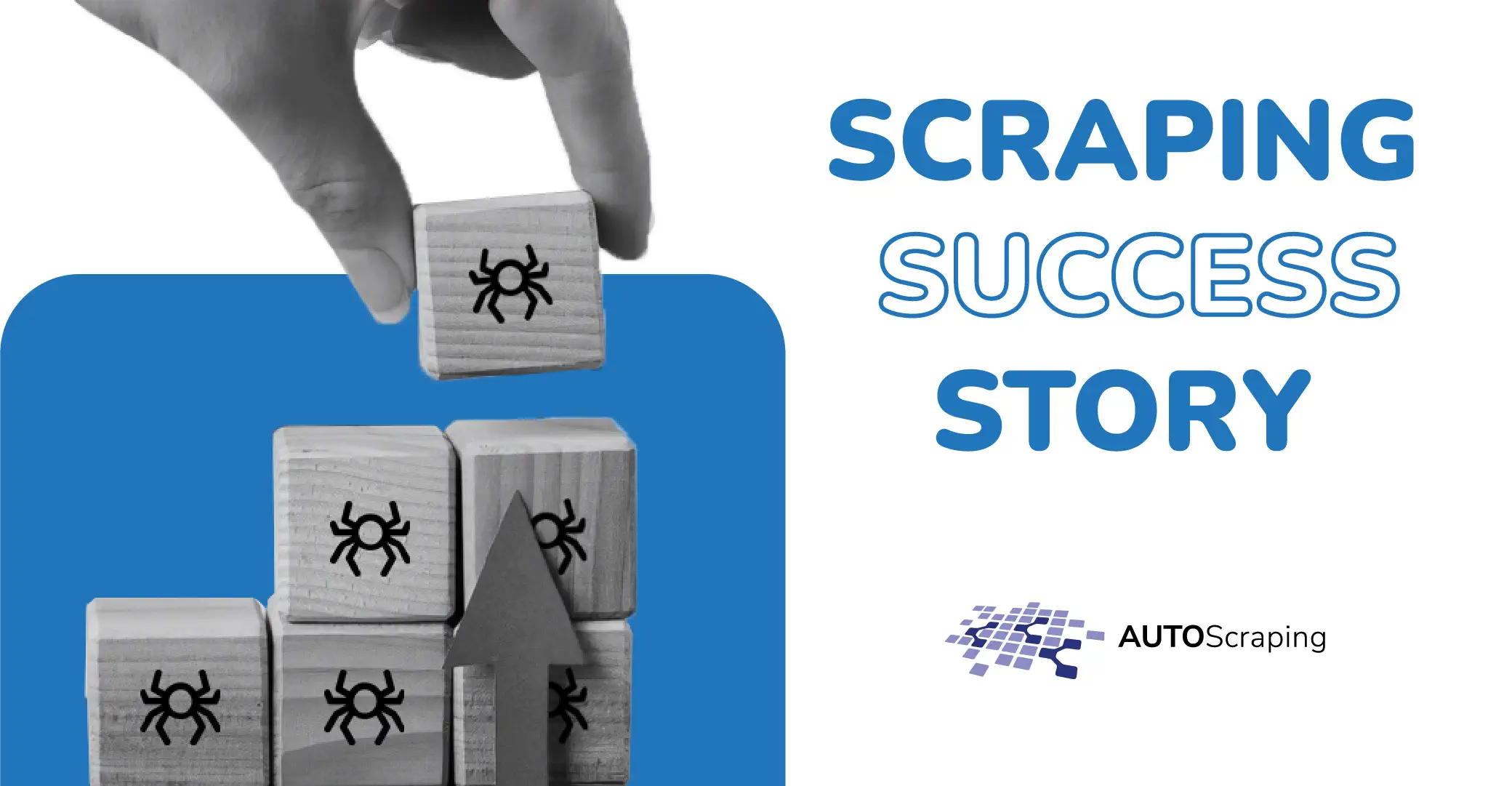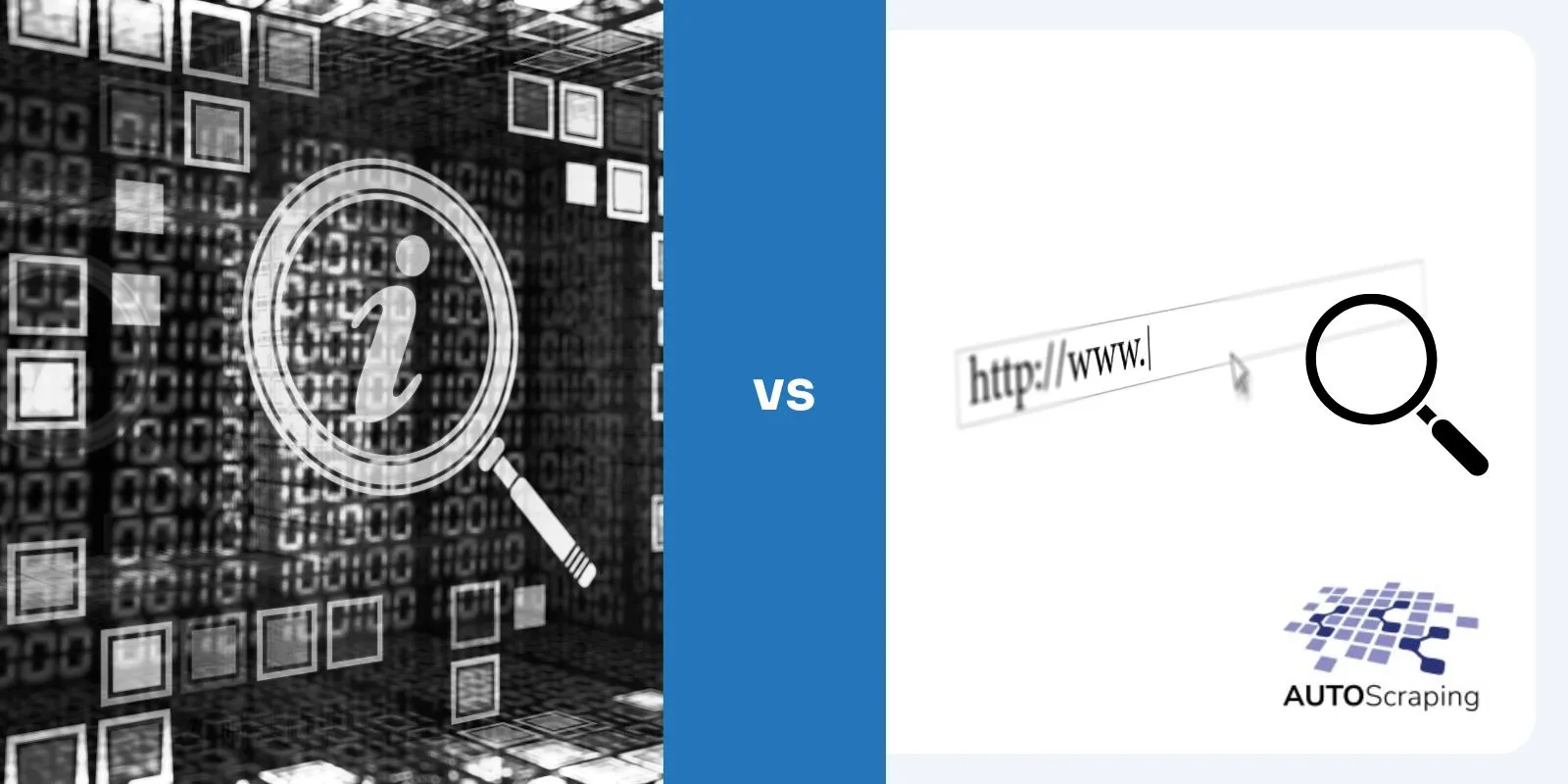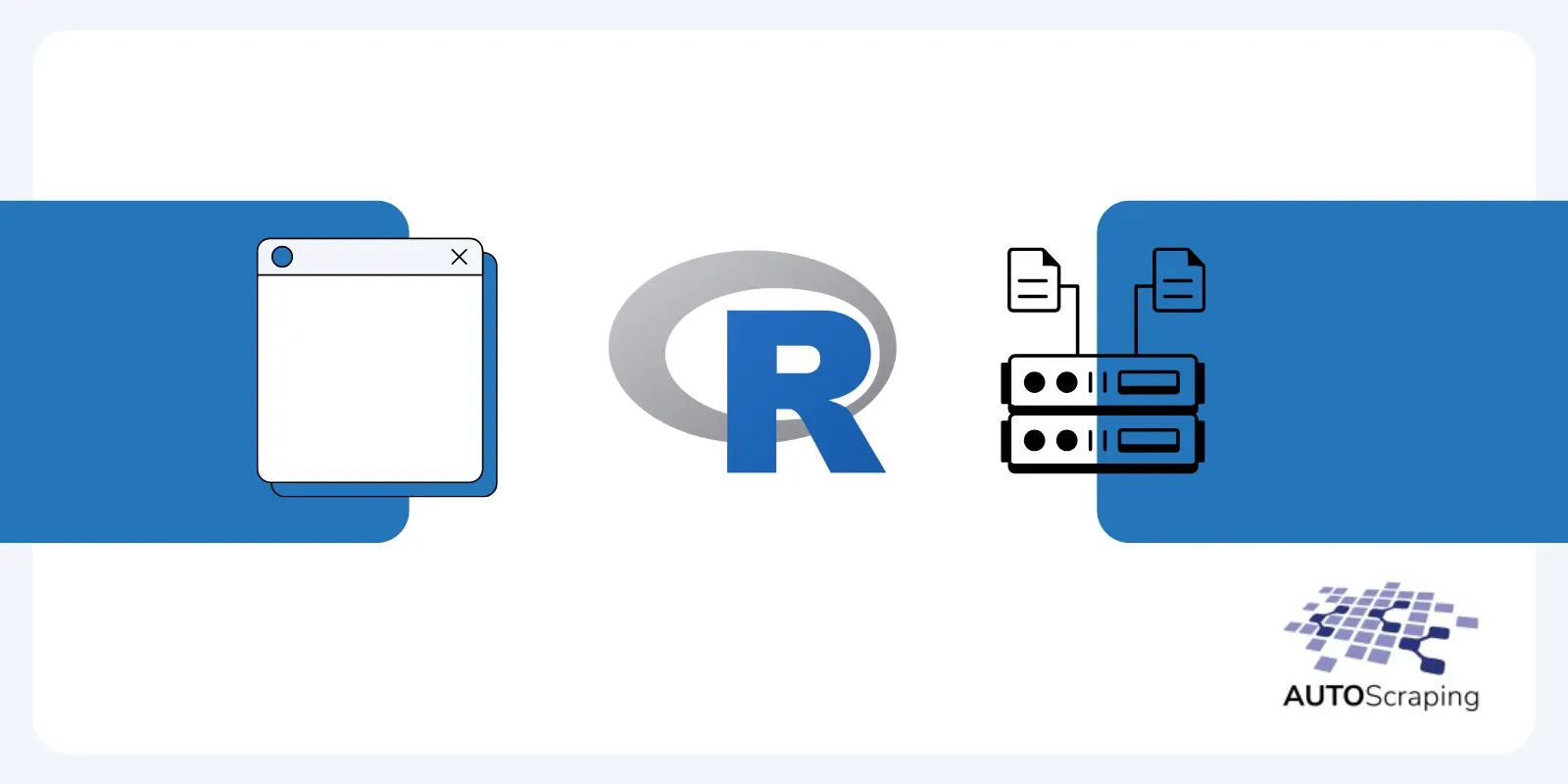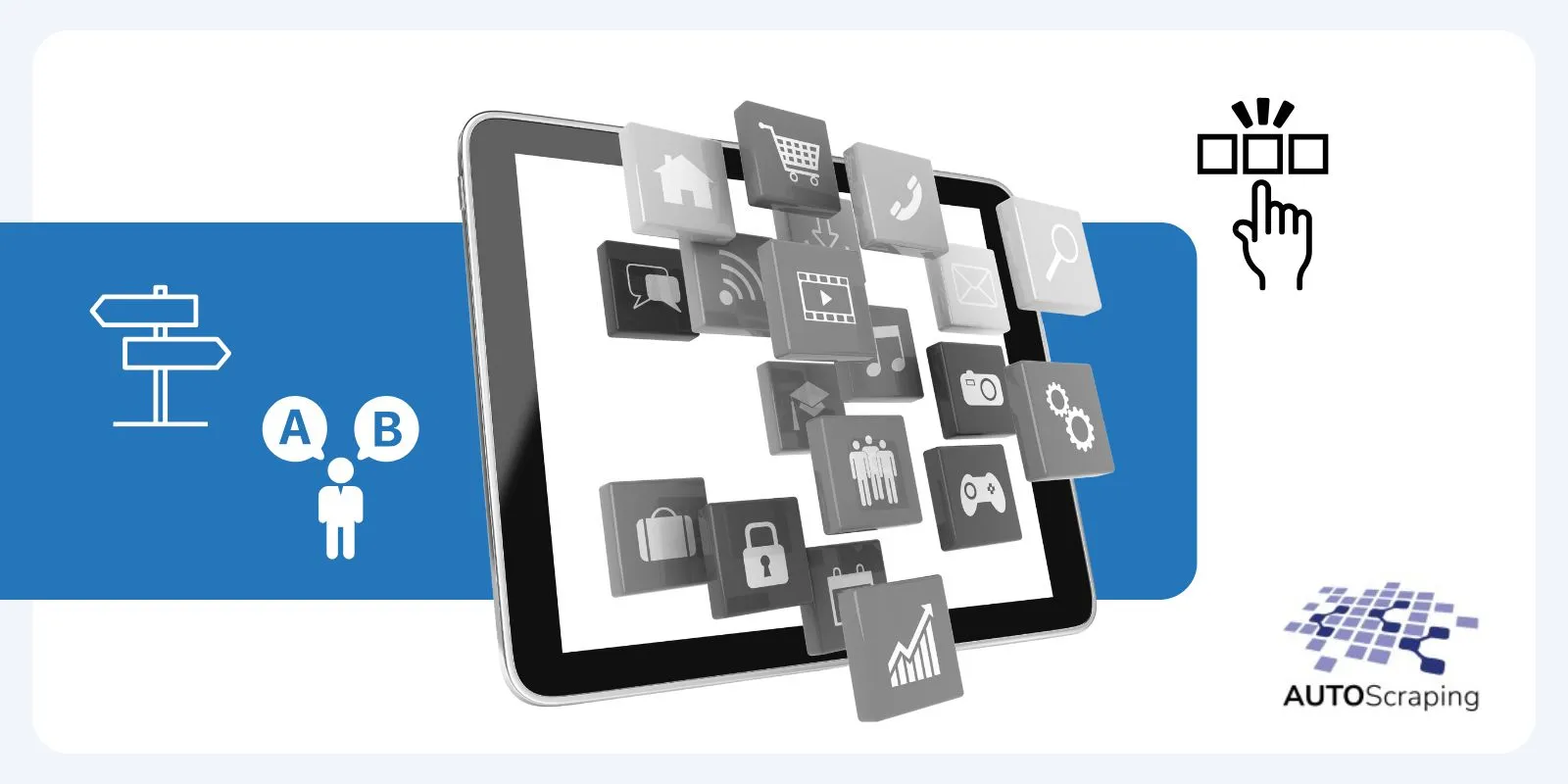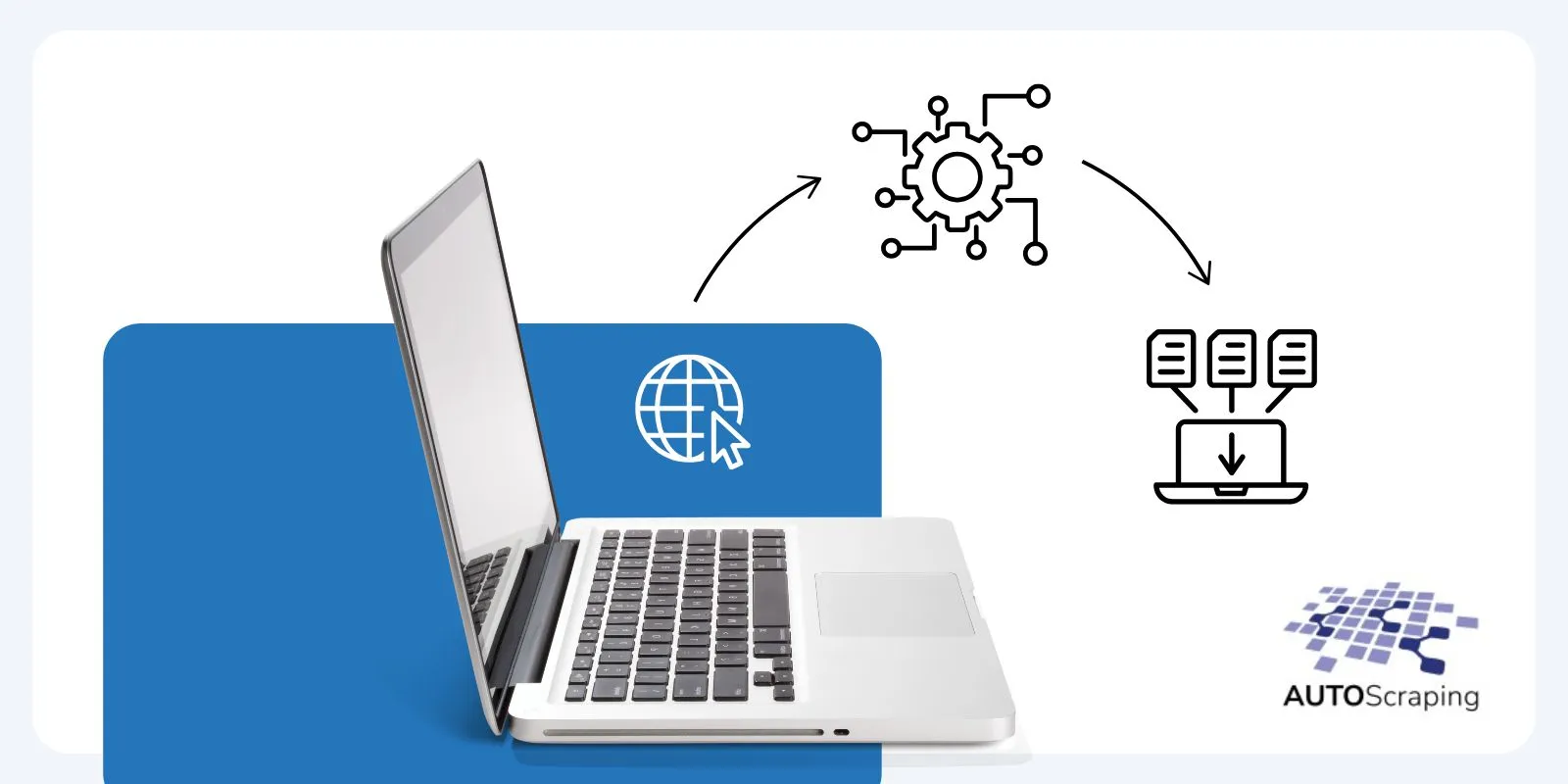Better job’s data for better business results
In today’s competitive job market, having a competitive edge is crucial for job seekers. One way to gain an advantage is by scraping job listing data from various sources to gather valuable insights, track trends, and make informed decisions. This blog post will explore the importance of scraping job listing data and provide a step-by-step guide on effectively doing it.
Table of Contents:
- What is Web Scraping
- Why Scraping Job Listings Data Matters
- Selecting the Right Sources
- Tools and Technologies for Scraping
- Scraping Job Listings Data: Step by Step a. Identifying Target Websites b. Extracting Relevant Information c. Storing and Managing Data
- Analyzing and Utilizing Job Listings Data
- Legal and Ethical Considerations
- Best Practices for Successful Scraping
- Conclusion
1. What is Web Scraping?
Web scraping involves extracting data from websites and converting it into a structured format for analysis. It enables automation, data aggregation, and monitoring of web content.
2. Why Scraping Job Listings Data Matters
Scraping job listing data provides job seekers with a plethora of benefits. It allows you to:
- Gain insights into the job market’s demand for specific skills and qualifications.
- Track industry-specific job trends and salary ranges.
- Identify companies that are actively hiring.
- Customize your job search based on real-time data.
- Discover hidden job opportunities that may not be visible on traditional job boards.
Can A third party do this for me?
The short answer is Yes. There are specialized companies focused on providing web scraping and automation for data extraction services like AutoScraping that do the technical work for companies looking to obtain organized web data from competitors and other websites to transform this data into powerful insights to improve business results, have a broader view of their market and clients’ preferences.
3. Selecting the Right Sources
Choosing suitable sources for scraping is critical. Jobs are found on various platforms, including company websites, job boards, professional networks, and social media. Decide which sources are most relevant to your job search and target those for scraping.
3. Tools and Technologies for Scraping
You’ll need the right tools and technologies to scrape job listing data efficiently. Popular choices include web scraping libraries like BeautifulSoup, Scrapy (for Python), and Puppeteer (for JavaScript).
4. Scraping Job Listings Data: Step by Step
a. Identifying Target Websites
Start by identifying the websites where you want to scrape job listings. This could include company career pages, job boards like LinkedIn and Indeed, or specialized industry forums.
b. Extracting Relevant Information
Use your chosen scraping tool to extract relevant information such as job titles, descriptions, company names, locations, and application deadlines. Customize your scraping scripts to gather the data you need.
c. Storing and Managing Data
Store the scraped data in a structured format, such as a spreadsheet, database, or JSON file. Proper data management is essential for easy access and analysis.
5. Analyzing and Utilizing Job Listings Data
Once you have a collection of job listing data, leverage it to:
- Tailor your resume and cover letter for specific job openings.
- Identify skills and certifications that are in high demand.
- Track salary trends to negotiate better offers.
- Discover networking opportunities within hiring companies.
- Monitor job listings for updates and new openings.
6. Legal and Ethical Considerations
As explained in our last blog post: Is Web Scraping Legal? Always respect website terms of service and robots.txt files. Be mindful of ethical guidelines and privacy regulations when scraping job listing data. Avoid aggressive scraping and respect the websites’ server resources.
7. Best Practices for Successful Scraping
To ensure successful scraping, follow best practices such as using proxies, setting up rate limits, handling errors gracefully, and staying up-to-date with changes on target websites.
8. Conclusion
Scraping job listing data can give job seekers valuable insights and a competitive edge in the job market. By selecting suitable sources, using appropriate tools and technologies, and adhering to legal and ethical considerations, you can effectively gather and utilize job listing data to boost your job search efforts. Stay proactive, stay informed, and stay ahead in your job hunt.
In today’s competitive job market, having a competitive edge is crucial for job seekers. One way to gain an advantage is by scraping job listing data from various sources to gather valuable insights, track trends, and make informed decisions. This blog post will explore the importance of scraping job listing data and provide a step-by-step guide on effectively doing it.
Table of Contents:
- What is Web Scraping
- Why Scraping Job Listings Data Matters
- Selecting the Right Sources
- Tools and Technologies for Scraping
- Scraping Job Listings Data: Step by Step a. Identifying Target Websites b. Extracting Relevant Information c. Storing and Managing Data
- Analyzing and Utilizing Job Listings Data
- Legal and Ethical Considerations
- Best Practices for Successful Scraping
- Conclusion
1. What is Web Scraping?
Web scraping involves extracting data from websites and converting it into a structured format for analysis. It enables automation, data aggregation, and monitoring of web content.
2. Why Scraping Job Listings Data Matters
Scraping job listing data provides job seekers with a plethora of benefits. It allows you to:
- Gain insights into the job market’s demand for specific skills and qualifications.
- Track industry-specific job trends and salary ranges.
- Identify companies that are actively hiring.
- Customize your job search based on real-time data.
- Discover hidden job opportunities that may not be visible on traditional job boards.
Can A third party do this for me?
The short answer is Yes. There are specialized companies focused on providing web scraping and automation for data extraction services like AutoScraping that do the technical work for companies looking to obtain organized web data from competitors and other websites to transform this data into powerful insights to improve business results, have a broader view of their market and clients’ preferences.
3. Selecting the Right Sources
Choosing suitable sources for scraping is critical. Jobs are found on various platforms, including company websites, job boards, professional networks, and social media. Decide which sources are most relevant to your job search and target those for scraping.
3. Tools and Technologies for Scraping
You’ll need the right tools and technologies to scrape job listing data efficiently. Popular choices include web scraping libraries like BeautifulSoup, Scrapy (for Python), and Puppeteer (for JavaScript).
4. Scraping Job Listings Data: Step by Step
a. Identifying Target Websites
Start by identifying the websites where you want to scrape job listings. This could include company career pages, job boards like LinkedIn and Indeed, or specialized industry forums.
b. Extracting Relevant Information
Use your chosen scraping tool to extract relevant information such as job titles, descriptions, company names, locations, and application deadlines. Customize your scraping scripts to gather the data you need.
c. Storing and Managing Data
Store the scraped data in a structured format, such as a spreadsheet, database, or JSON file. Proper data management is essential for easy access and analysis.
5. Analyzing and Utilizing Job Listings Data
Once you have a collection of job listing data, leverage it to:
- Tailor your resume and cover letter for specific job openings.
- Identify skills and certifications that are in high demand.
- Track salary trends to negotiate better offers.
- Discover networking opportunities within hiring companies.
- Monitor job listings for updates and new openings.
6. Legal and Ethical Considerations
As explained in our last blog post: Is Web Scraping Legal? Always respect website terms of service and robots.txt files. Be mindful of ethical guidelines and privacy regulations when scraping job listing data. Avoid aggressive scraping and respect the websites’ server resources.
7. Best Practices for Successful Scraping
To ensure successful scraping, follow best practices such as using proxies, setting up rate limits, handling errors gracefully, and staying up-to-date with changes on target websites.
8. Conclusion
Scraping job listing data can give job seekers valuable insights and a competitive edge in the job market. By selecting suitable sources, using appropriate tools and technologies, and adhering to legal and ethical considerations, you can effectively gather and utilize job listing data to boost your job search efforts. Stay proactive, stay informed, and stay ahead in your job hunt.
In today’s competitive job market, having a competitive edge is crucial for job seekers. One way to gain an advantage is by scraping job listing data from various sources to gather valuable insights, track trends, and make informed decisions. This blog post will explore the importance of scraping job listing data and provide a step-by-step guide on effectively doing it.
Table of Contents:
- What is Web Scraping
- Why Scraping Job Listings Data Matters
- Selecting the Right Sources
- Tools and Technologies for Scraping
- Scraping Job Listings Data: Step by Step a. Identifying Target Websites b. Extracting Relevant Information c. Storing and Managing Data
- Analyzing and Utilizing Job Listings Data
- Legal and Ethical Considerations
- Best Practices for Successful Scraping
- Conclusion
1. What is Web Scraping?
Web scraping involves extracting data from websites and converting it into a structured format for analysis. It enables automation, data aggregation, and monitoring of web content.
2. Why Scraping Job Listings Data Matters
Scraping job listing data provides job seekers with a plethora of benefits. It allows you to:
- Gain insights into the job market’s demand for specific skills and qualifications.
- Track industry-specific job trends and salary ranges.
- Identify companies that are actively hiring.
- Customize your job search based on real-time data.
- Discover hidden job opportunities that may not be visible on traditional job boards.
Can A third party do this for me?
The short answer is Yes. There are specialized companies focused on providing web scraping and automation for data extraction services like AutoScraping that do the technical work for companies looking to obtain organized web data from competitors and other websites to transform this data into powerful insights to improve business results, have a broader view of their market and clients’ preferences.
3. Selecting the Right Sources
Choosing suitable sources for scraping is critical. Jobs are found on various platforms, including company websites, job boards, professional networks, and social media. Decide which sources are most relevant to your job search and target those for scraping.
3. Tools and Technologies for Scraping
You’ll need the right tools and technologies to scrape job listing data efficiently. Popular choices include web scraping libraries like BeautifulSoup, Scrapy (for Python), and Puppeteer (for JavaScript).
4. Scraping Job Listings Data: Step by Step
a. Identifying Target Websites
Start by identifying the websites where you want to scrape job listings. This could include company career pages, job boards like LinkedIn and Indeed, or specialized industry forums.
b. Extracting Relevant Information
Use your chosen scraping tool to extract relevant information such as job titles, descriptions, company names, locations, and application deadlines. Customize your scraping scripts to gather the data you need.
c. Storing and Managing Data
Store the scraped data in a structured format, such as a spreadsheet, database, or JSON file. Proper data management is essential for easy access and analysis.
5. Analyzing and Utilizing Job Listings Data
Once you have a collection of job listing data, leverage it to:
- Tailor your resume and cover letter for specific job openings.
- Identify skills and certifications that are in high demand.
- Track salary trends to negotiate better offers.
- Discover networking opportunities within hiring companies.
- Monitor job listings for updates and new openings.
6. Legal and Ethical Considerations
As explained in our last blog post: Is Web Scraping Legal? Always respect website terms of service and robots.txt files. Be mindful of ethical guidelines and privacy regulations when scraping job listing data. Avoid aggressive scraping and respect the websites’ server resources.
7. Best Practices for Successful Scraping
To ensure successful scraping, follow best practices such as using proxies, setting up rate limits, handling errors gracefully, and staying up-to-date with changes on target websites.
8. Conclusion
Scraping job listing data can give job seekers valuable insights and a competitive edge in the job market. By selecting suitable sources, using appropriate tools and technologies, and adhering to legal and ethical considerations, you can effectively gather and utilize job listing data to boost your job search efforts. Stay proactive, stay informed, and stay ahead in your job hunt.
In today’s competitive job market, having a competitive edge is crucial for job seekers. One way to gain an advantage is by scraping job listing data from various sources to gather valuable insights, track trends, and make informed decisions. This blog post will explore the importance of scraping job listing data and provide a step-by-step guide on effectively doing it.
Table of Contents:
- What is Web Scraping
- Why Scraping Job Listings Data Matters
- Selecting the Right Sources
- Tools and Technologies for Scraping
- Scraping Job Listings Data: Step by Step a. Identifying Target Websites b. Extracting Relevant Information c. Storing and Managing Data
- Analyzing and Utilizing Job Listings Data
- Legal and Ethical Considerations
- Best Practices for Successful Scraping
- Conclusion
1. What is Web Scraping?
Web scraping involves extracting data from websites and converting it into a structured format for analysis. It enables automation, data aggregation, and monitoring of web content.
2. Why Scraping Job Listings Data Matters
Scraping job listing data provides job seekers with a plethora of benefits. It allows you to:
- Gain insights into the job market’s demand for specific skills and qualifications.
- Track industry-specific job trends and salary ranges.
- Identify companies that are actively hiring.
- Customize your job search based on real-time data.
- Discover hidden job opportunities that may not be visible on traditional job boards.
Can A third party do this for me?
The short answer is Yes. There are specialized companies focused on providing web scraping and automation for data extraction services like AutoScraping that do the technical work for companies looking to obtain organized web data from competitors and other websites to transform this data into powerful insights to improve business results, have a broader view of their market and clients’ preferences.
3. Selecting the Right Sources
Choosing suitable sources for scraping is critical. Jobs are found on various platforms, including company websites, job boards, professional networks, and social media. Decide which sources are most relevant to your job search and target those for scraping.
3. Tools and Technologies for Scraping
You’ll need the right tools and technologies to scrape job listing data efficiently. Popular choices include web scraping libraries like BeautifulSoup, Scrapy (for Python), and Puppeteer (for JavaScript).
4. Scraping Job Listings Data: Step by Step
a. Identifying Target Websites
Start by identifying the websites where you want to scrape job listings. This could include company career pages, job boards like LinkedIn and Indeed, or specialized industry forums.
b. Extracting Relevant Information
Use your chosen scraping tool to extract relevant information such as job titles, descriptions, company names, locations, and application deadlines. Customize your scraping scripts to gather the data you need.
c. Storing and Managing Data
Store the scraped data in a structured format, such as a spreadsheet, database, or JSON file. Proper data management is essential for easy access and analysis.
5. Analyzing and Utilizing Job Listings Data
Once you have a collection of job listing data, leverage it to:
- Tailor your resume and cover letter for specific job openings.
- Identify skills and certifications that are in high demand.
- Track salary trends to negotiate better offers.
- Discover networking opportunities within hiring companies.
- Monitor job listings for updates and new openings.
6. Legal and Ethical Considerations
As explained in our last blog post: Is Web Scraping Legal? Always respect website terms of service and robots.txt files. Be mindful of ethical guidelines and privacy regulations when scraping job listing data. Avoid aggressive scraping and respect the websites’ server resources.
7. Best Practices for Successful Scraping
To ensure successful scraping, follow best practices such as using proxies, setting up rate limits, handling errors gracefully, and staying up-to-date with changes on target websites.


